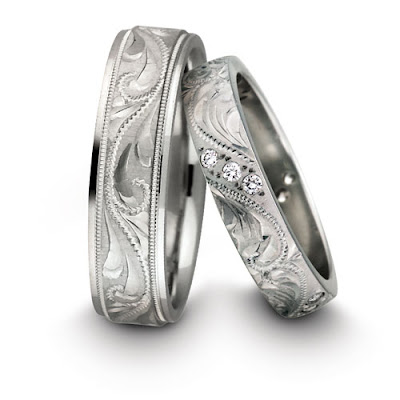A pearl is a hard object produced within the soft tissue (specifically the mantle) of a living shelled mollusk. Just like the shell of a mollusk, a pearl is made up of calcium carbonate in minute crystalline form, which has been deposited in concentric layers. The ideal pearl is perfectly round and smooth, but many other shapes of pearls (baroque pearls) occur. The finest quality natural pearls have been highly valued as gemstones and objects of beauty for many centuries, and because of this, the word pearl has become a metaphor for something very rare, fine, admirable, and valuable.
Valuable pearls occur in the wild, but they are very rare. Cultured or farmed pearls from pearl oysters make up the majority of those that are currently sold. Pearls from the sea are valued more highly than freshwater pearls. Imitation or fake pearls are also widely sold in inexpensive jewelry, but the quality of their iridescence is usually very poor - and generally speaking, artificial pearls are easily distinguished from genuine pearls. Pearls have been harvested and cultivated primarily for use in jewelry example wedding rings, but in the past they were also stitched onto lavish clothing. Pearls have also been crushed and used in cosmetics, medicines, or in paint formulations.
Here’s a really nice gold ring with rare golden and some a pair pearl that will go nicely with any a pair wedding. I do like the fact that the yellow gold matches nicely with the golden pearl and also good for a pair ordinary pearl, which is only available from rare oysters in the Indonesian or Australian seas.











0 comments:
Post a Comment